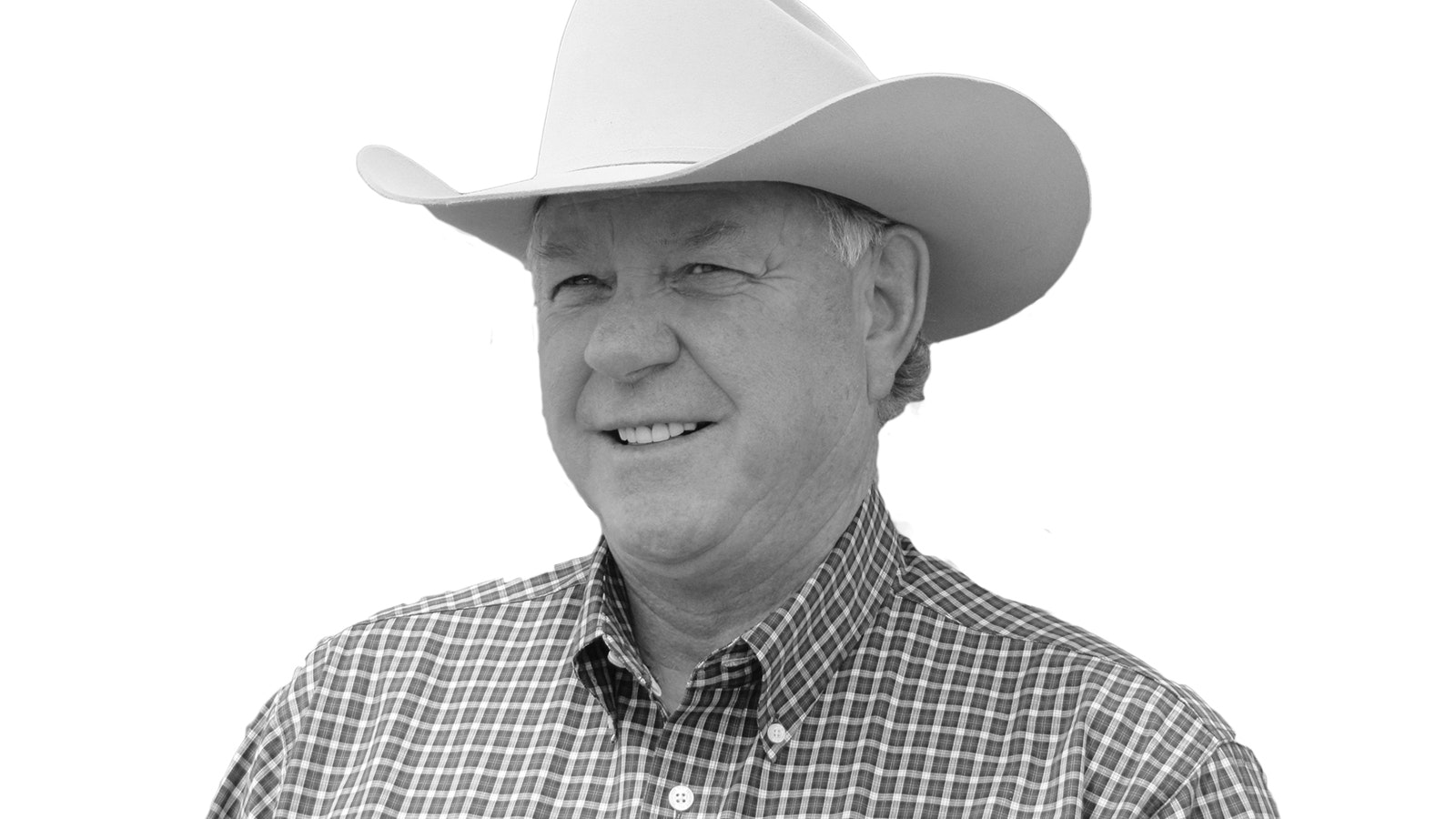We’ve been hearing and reading the word “recession” all year now. Until I read an article in Drovers, I didn’t realize one industry could have high inflation while another could be in a recession. I guess it’s true, but we all have our own definition.
I always thought a recession was a way to stop high inflation while the economics of the nation slows down, and it could hurt most everyone and their businesses. Agriculture, like other industries dealing in commodities, is complex as supply and demand rules.
Large declining farm and ranch income is a leading indicator of a recession. So far this year, the U.S. Department of Agriculture (USDA) forecasts another major decline in farm income for 2024. With the big decline in 2023, this would be the largest decline in history.
Sharply declining commodity prices for both crops and livestock products will hurt farmers and ranchers. Some crops have fallen sharply, while meat is still on the rise due to worldwide demand.
High input costs and the cost of doing business, while remaining high, will hurt the net farm income. For 2024, net farm income has dropped 23 percent.
Reduced agricultural exports and a growing trade deficit is an indicator of a looming recession. USDA is forecasting the third straight year of a U.S. ag trade deficit, with the Fiscal Year 2025 at $42.5 billion.
Increasing farm debt along with higher borrowing costs due to higher interest rates will hurt finances.
Weakening credit conditions and higher renewal costs are hurting the bottom line.
Declining demand on discretionary food items during a recession may impact certain agricultural sectors.
Falling farm and ranch land values with higher interest rates could lead to lower profitability and place downward pressure on land prices.
Increased inventory or stockpiles of crops or larger numbers of livestock will drive down prices.
The best way to recognize an agricultural recession is when a large number of farmers and ranchers across the country experience financial difficulties simultaneously.
While experts can identify some of the reasons for a recession happening or not, they cannot say for sure we’re going to have a recession.
Net farm and ranch income, which accounts only for gross cash income minus cash expenses, was forecast to decline 7.2 percent from 2023 to $154 billion, which is a sharp reversal from USDA’s previous forecast.
If we adjust for inflation, the net farm and ranch income is down 6.8 percent from last year while the net cash farm and ranch income is down 9.6 percent.
Total crop receipts are forecast to decline 10 percent to $249 billion because of lower corn and soybean receipts.
With livestock, the USDA has changed the forecast for the better. USDA forecasted a two percent decline in receipts in February, but now total animal and animal product receipts are expected to increase to $17.8 billion. Receipts for all cattle and calves are expected to grow 6.5 percent because of higher prices. So, for some ranchers there may be a light at the end of the tunnel.
The more I read about cash income, billions of dollars seem to be immaterial. It is what happens in the farm or ranch house that I care more about.
Dennis Sun is the publisher of the Wyoming Livestock Roundup, a weekly agriculture newspaper available online and in print.





